
Real user monitoring is the process of collecting information about how users interact with your product as they’re interacting with it.
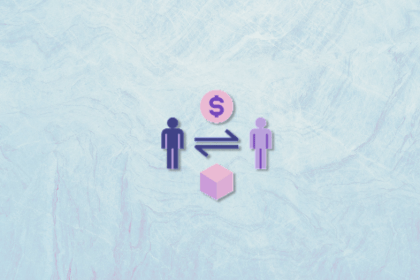
Market research is the process of gathering information about potential and current customers and your target audience.
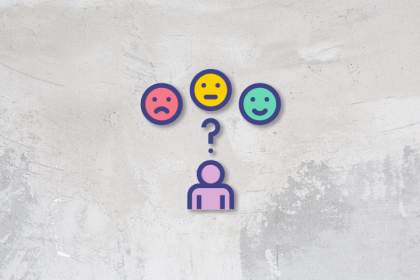
Product people tend to oversimplify the jobs-to-be-done framework by focusing only on the most straightforward part — customers’ functional jobs — and ignoring their emotional and social needs.

A value proposition canvas is a great tool to utilize when creating a new feature, entering a new market, or testing product market fit.

A company could have the exact same product, but the way it markets the product to their target audiences will determine its success.

Nothing beats chatting with your stakeholders on a regular basis. And with some structure, you’ll produce even more extraordinary results.
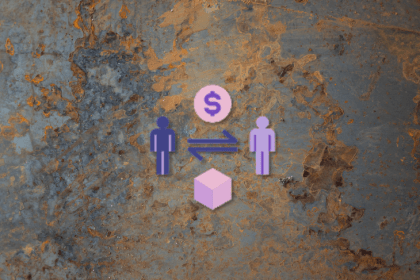
Product service management, or service productization, refers to the extension of the product operating model to a service business.

Social proof is the psychological mechanism that influences our decision making based solely on the feedback from others.
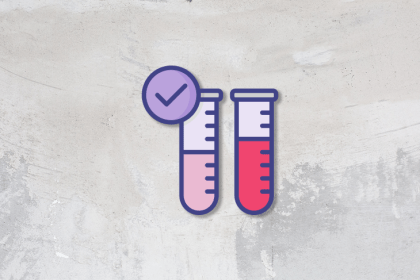
Linear CEO Karri Saarinen made waves when he said his product teams “don’t do A/B tests.” While A/B testing can sometimes limit creative problem solving, it’s still a quick and inexpensive way to validate assumptions in many scenarios.
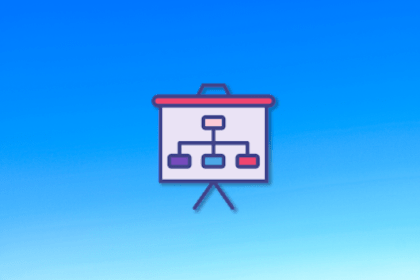
A simple and concise case study shows what your product or service did for your audience, or how your product improved someone’s life.
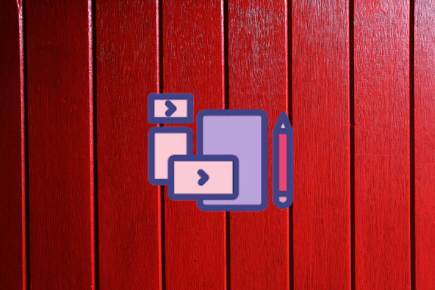
Product design is the process of creating, improving, and maintaining products that solve customer and/or user needs.
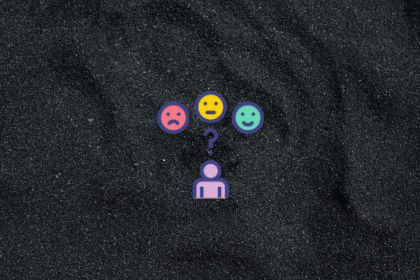
A product qualified lead is a potential user who has experienced value from your product firsthand, often from using a product trial.